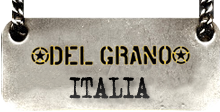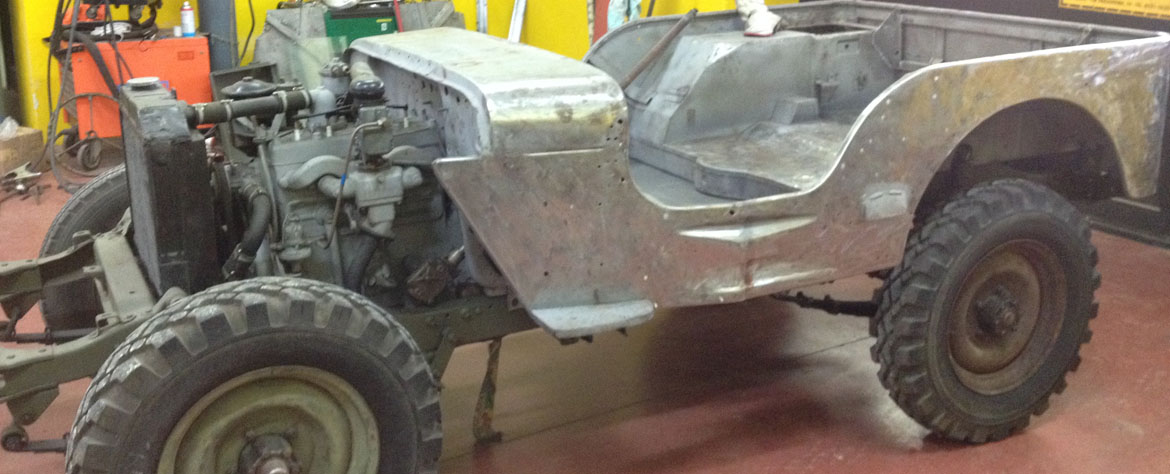I believe that the restoration of a historic vehicle can be divided into two categories: CONSERVATIVE RESTORATION and RECONSTRUCTIVE RESTORATION. In the first case, unfortunately, you can only gather some vehicles of World War II, because in most cases those were the subject of “do-it-yourself” modifications and repairs, for a business use. In these cases, the restoration aims to return and replace the missing details, paying attention also to the “original pieces of wear”.
The restoration of the mechanical parts, must return the vehicle in perfect functionality, without altering in any way the original (factory) state.
The RECONSTRUCTION restoration should be treated, in my opinion, completely differently. I believe that when we face a junker, in some cases deformed compared to the original line, there is only one way to restore it: MAKE IT LIKE NEW! Sometimes it is much easier to make a “rugged” restoration, as some say, leaving dents and imperfections as they were. But since we inevitably intervene with sandblasting, reconstruction of missing parts, etc., I am convinced that the only possible way to restore life to our vehicle is bring it to factory condition, having it age naturally as we ride it.
How to approach a restoration
Very often we are faced with a vehicle which, over the years, has undergone every kind of modification and “improvements”; what to do then? First we need to read up, then date the key parts, body and chassis.
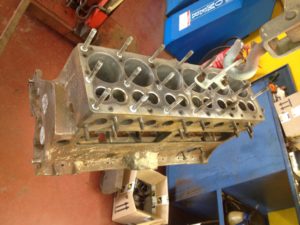
Cases where parts of various models or ages are mixed are common, so it is necessary to date the vehicle in order to bring all the details, accessories and spare parts, congruous with the date of manufacture.
Then, there is the search of the missing details and their subsequent arrangement. Nothing is left to chance or improvisation, a great restoration is the sum of many little details perfectly executed; if you do not miss anything you will have a good result, if you begin to neglect some parts because they are less visible or hard to work on, we will have a mediocre result. It’s for this reason, in addition to my own pleasure, that I photograph every important phase of the work, especially where the sun will not shinde, as in engines, transmissions, etc., so that the customer is aware of the actual work and the care with which the work was performed.
Spare parts and materials
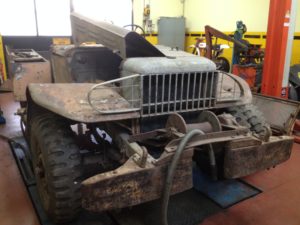
Even the appearance of the parts and materials we are going to use is essential. The spares must conform to the original as possible, and only in some cases, where, unfortunately, we can not find them, we can use non-original spare parts with the caveat that they must have the same material molds and robustness. For consumables, such as plates to reconstruct pieces of rusted bodywork, the same type of steel, the same thickness, the same types of tack welds / welding, are to be chosen. NOTHING TO BE INVENTED OR IMPROVED, we have to bring the vehicle in the same conditions as when it left the doors of its factory. The changes, preparations and improvements, are not part of the restoration.
Colors and camouflages
The kind of color, hue, opacity, grain, is perhaps the decisive thing for a good restoration.
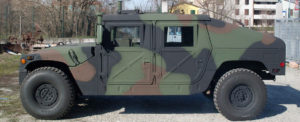
We could have an impeccable vehicle from every point of view, but the wrong color, would inevitably ruin everything, diminishing value and efforts.
Ditto for camouflage patterns, registration numbers and department markings, where we must not leave anything to imagination, by studying and reproducing with extreme precesion the patterns (as in the relative manuals), and with appropriate research as for the correctness of the numbers and markings applied.
Of course, finding the original colors after several decades is almost impossible; and for this reason, over the years, I managed to get, thanks to my experience and to the collaboration of an industrial paint factory, a range of colors that reproduce the same characteristics as the originals.
Cost and market value
What is the market value of a vehicle? I do not think there are market values for historic cars but reference values.
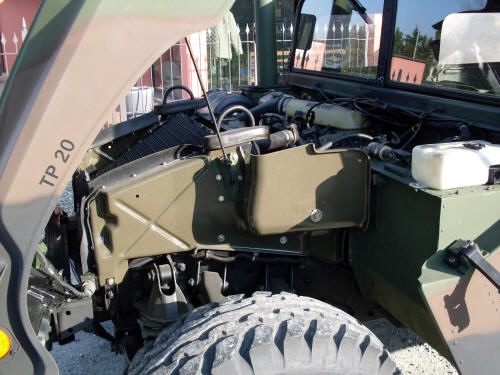
Let’s look, as an example, at a hundred Willys MBs, can we find two alike? I believe not!
Maybe one has a beautiful body but oil bleeding a bit ‘from all sides, or another is mechanically perfect but its originality is questionable, another which looks beautiful but is full of filler, and the list goes on..
So, how can we give a single figure for these vehicles, almost the same but so different? I think there are two types of evaluation: the repaired vehicle and the restored vehicle.
In the first category are those which over time have suffered partial and multiple interventions, have been used for hunting and so on, to which we will give a reference price. The value of the vehicle restored to perfection however, I am convinced, equals to the purchase price of the vehicle plus parts plus time (money) for the restoration.
Over the years I have seen that the vehicles that I restored with these principles are increasing in value while others stuck to reference prices, giving reason to my thesis.
A restoration done right, once and for all, is better than many repairs and alterations that ultimately lead to dramatically higher costs, without having any value added.
